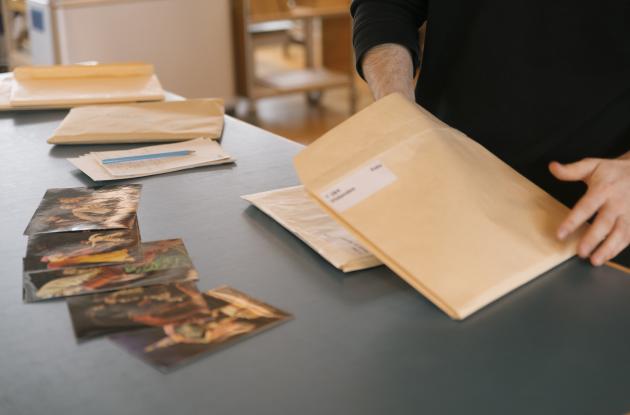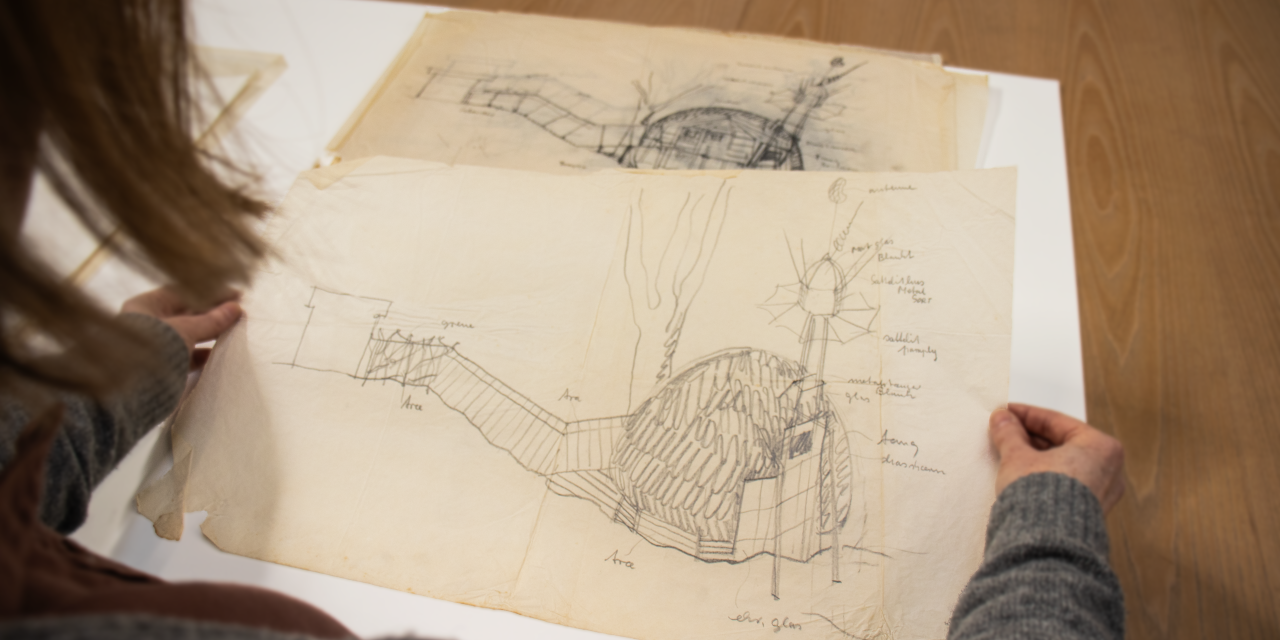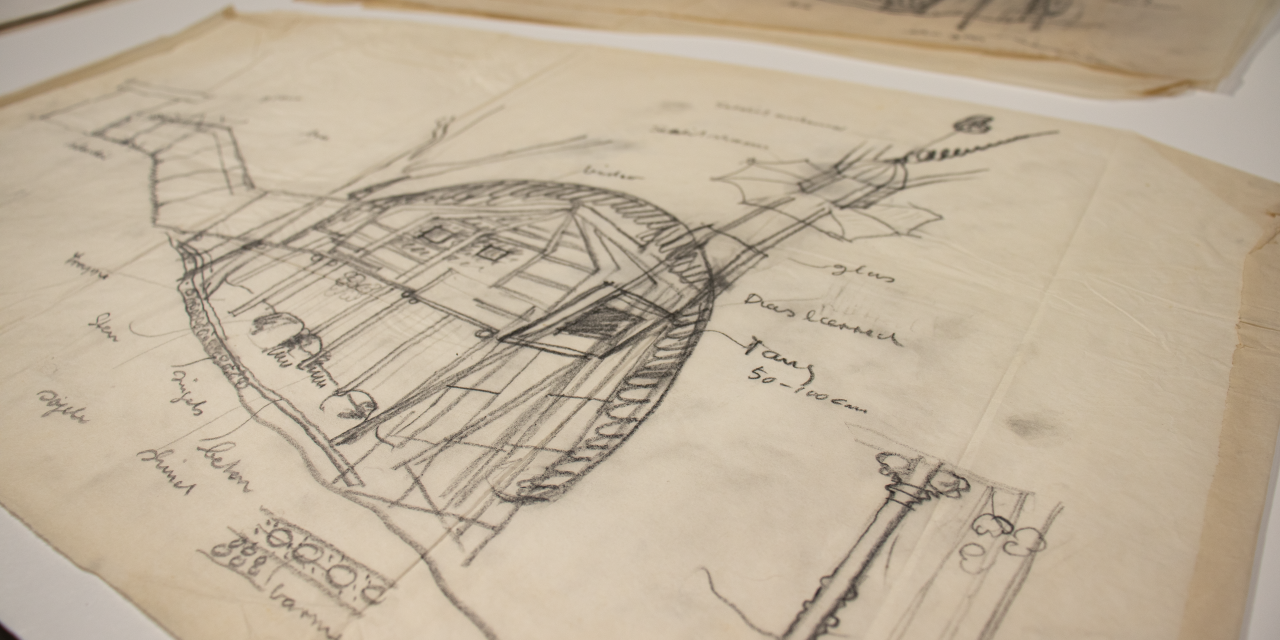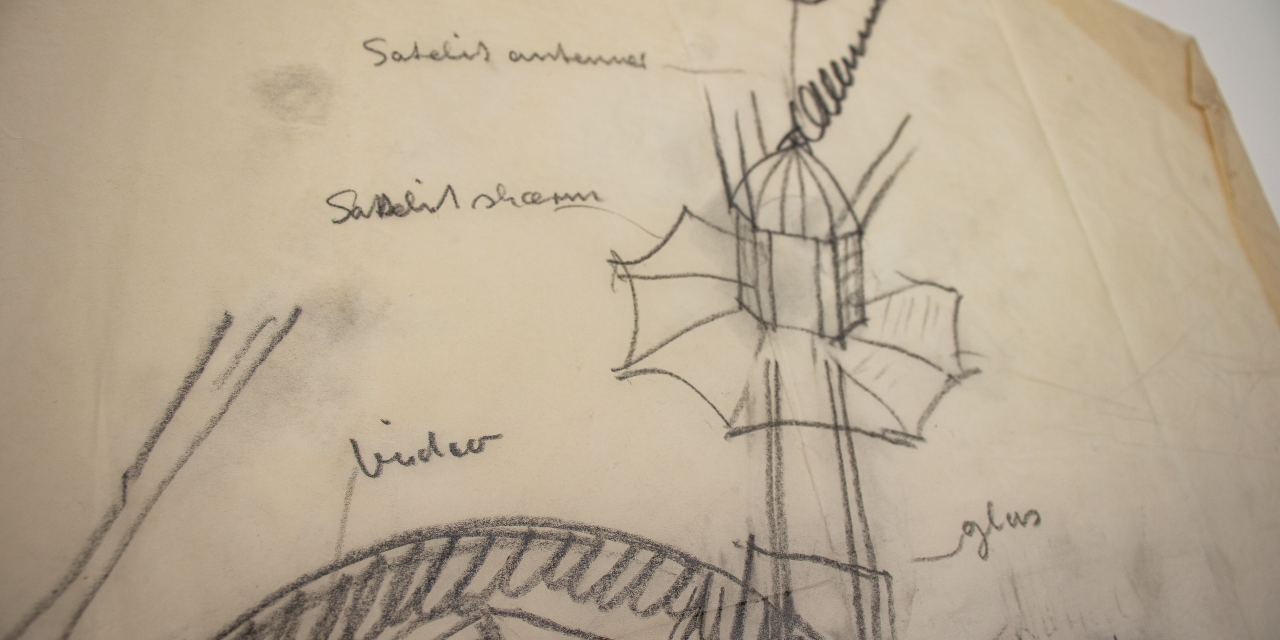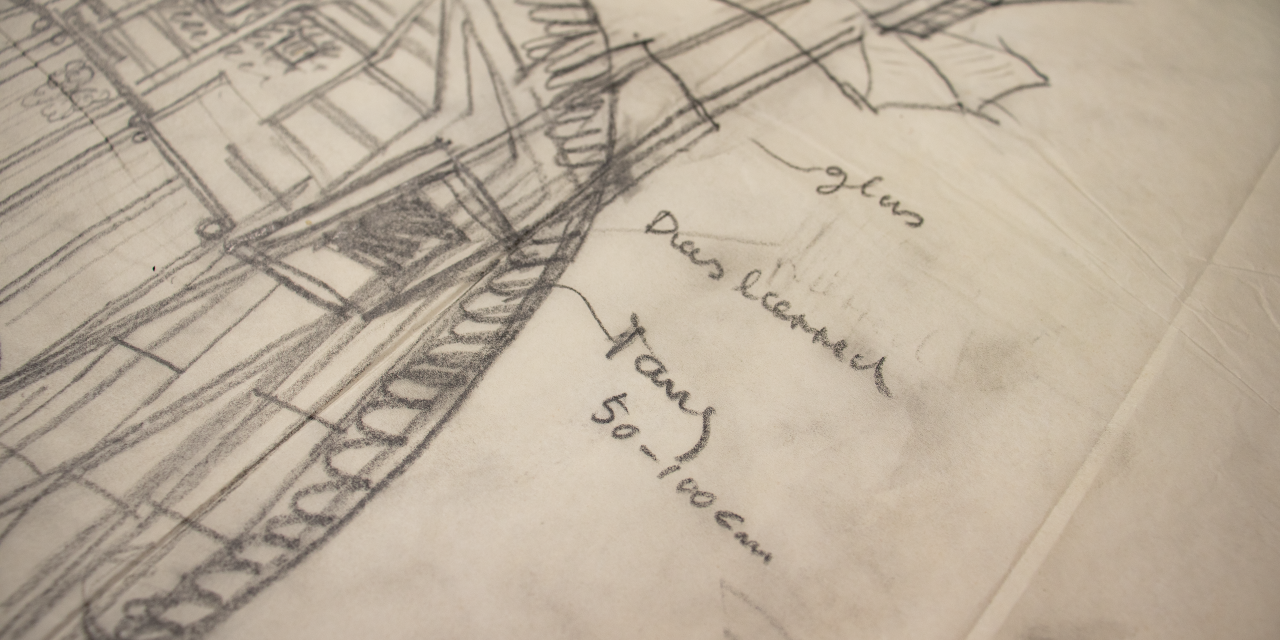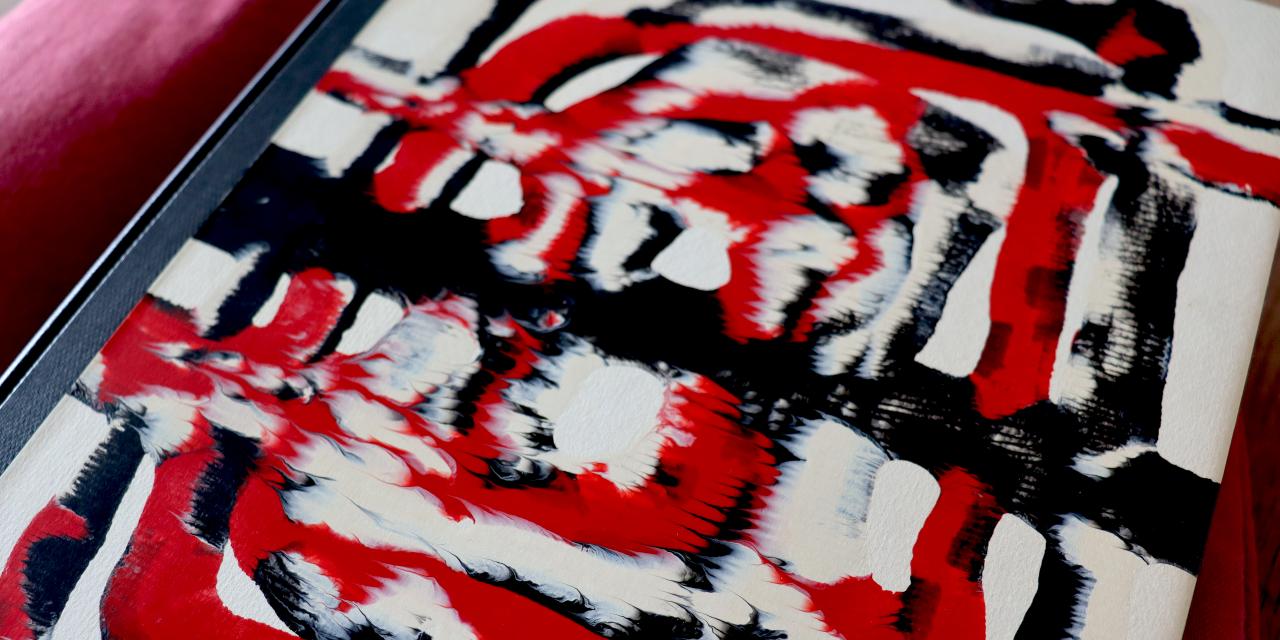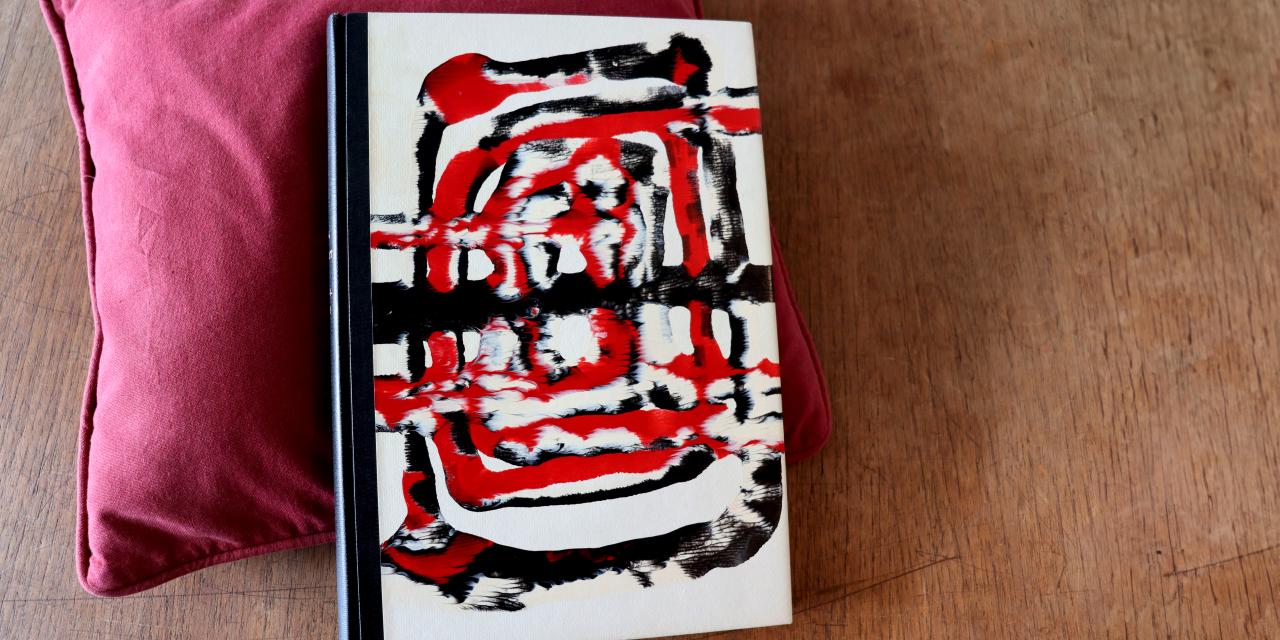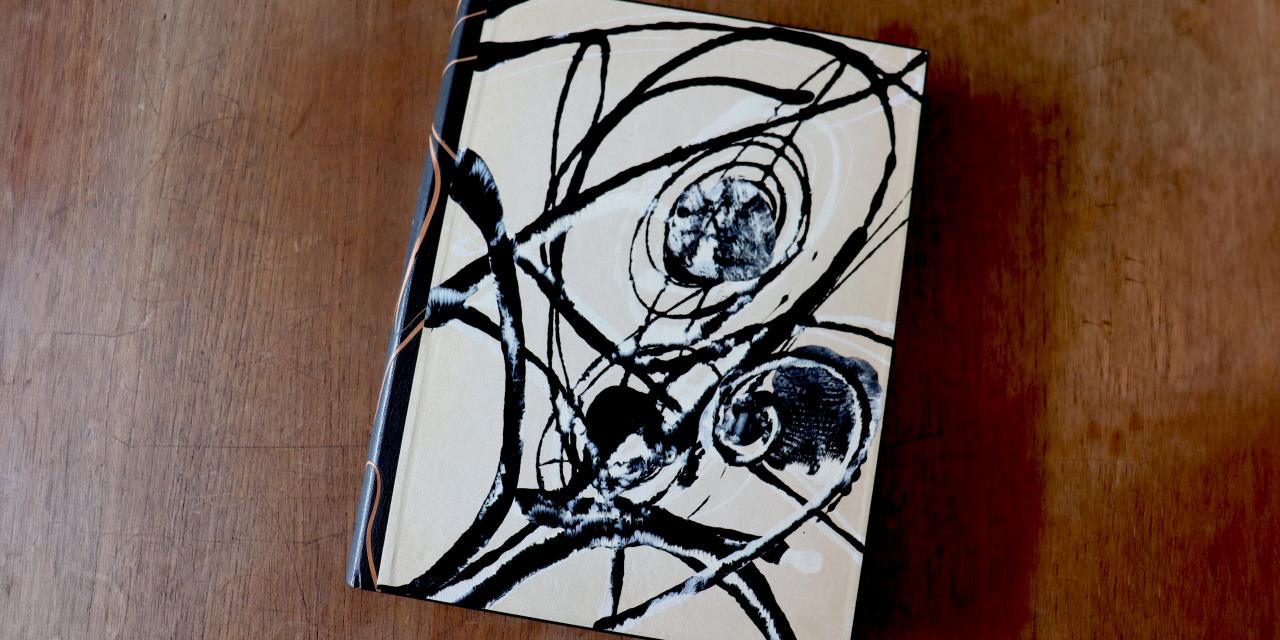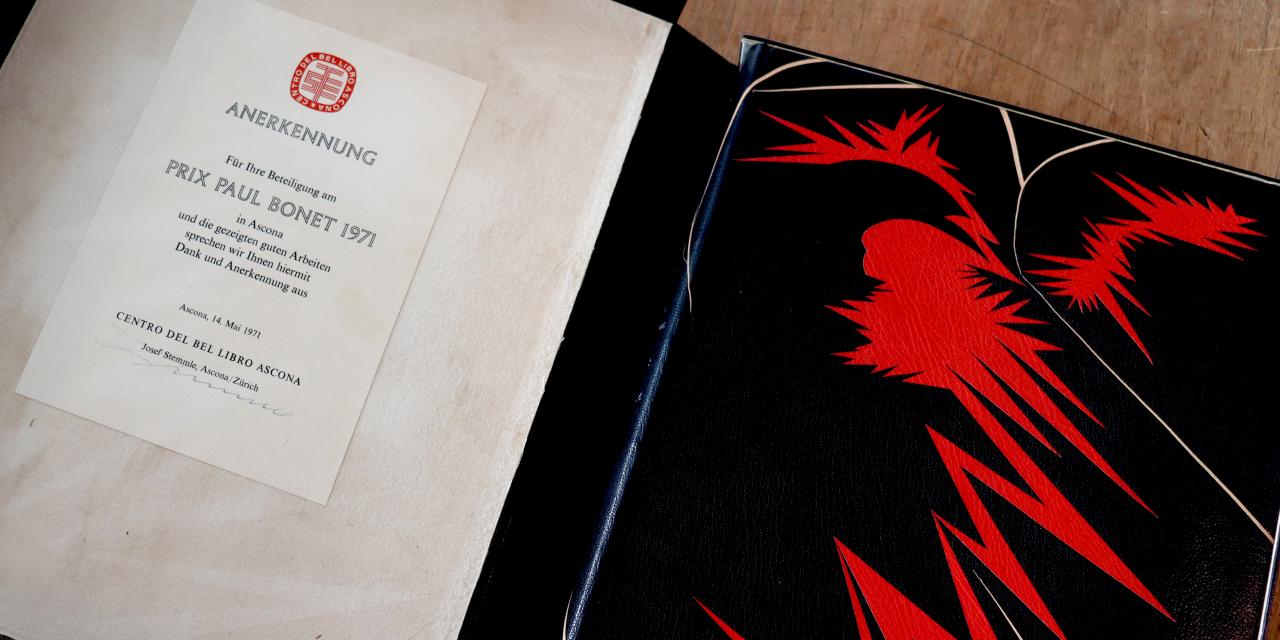New in the collections
Here we showcase some of the works that Royal Danish Library has received during 2024.
Susanne Ussing's archive
The Art Library at Royal Danish Library has received the archive of the visual artist and architect Susanne Ussing (1940-1998). The archive contains, among other things, drawings, photographs, correspondence and diaries and provides a unique insight into Ussing's life and work – two parts that were inextricably linked for her. Susanne Ussing was educated as a ceramist from the School of Arts and Crafts and as an architect from the School of Architecture of the Royal Danish Academy of Fine Arts in Copenhagen and moved artistically in a space between art and architecture. With an open, experimental, perceptive and viewer-engaging approach to the art and architecture she created, she was ahead of her time. There had to be room for change, play and interaction in order to create spaces: installations, sculptural objects and architecture that could provide the basis for a freer way of thinking, living and being.
Many of Ussing's projects were temporary installations that were to be experienced in the present and then disappeared. The intention was to work with art and architecture as a sensory experience and process. Ussing's archive documents this part and much more of her artistic work. When the archive is organised, it will be possible to order it for viewing at Royal Danish Library's Study Room in Søborg.
Pia Rönicke's digital video Word for Forest
The video work from 2018 is a cinematic journey from the Botanical Garden in Copenhagen to Santiago Comaltepec. In 1842, botanist Frederik Liebeman collected seeds in the mountains of Oaxaca in Mexico and took them back to the Botanical Garden, where some of the plants grow today. The film shows the plants' original habitat in the rainforest in aesthetically elegant images that meditatively tell how the rainforest is cared for by a community among the inhabitants of Santiago Comaltepec. The film emphasises the sounds and rhythms of the forest. The underlying themes in the film about colonialism, nature exploitation and nature protection are already present in the National Photo Collection, but the film adds a new perspective by letting seeds, plants and forest fill in. The work will be shown in the upcoming group exhibition The World Around Us, which opens in the Black Diamond in November 2025.
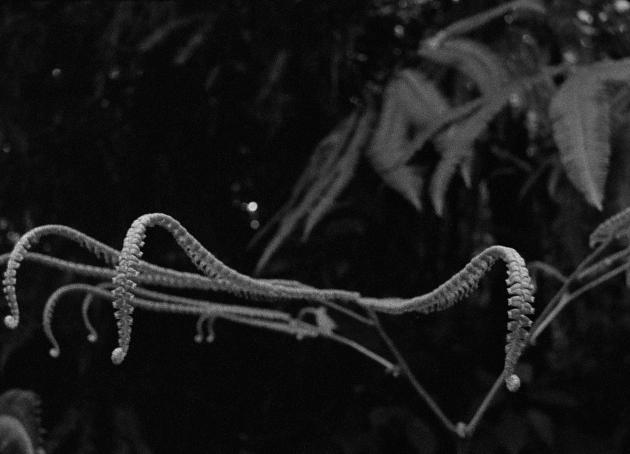
Photo: Det Kgl. Bibliotek
Ivan Malinowski's posthumous papers
Among the numerous additions to the manuscript collection this year, we can highlight the papers left behind by the author Ivan Malinowski (1926-1989). Malinowski was a recognised modernist poet with major works such as the poetry collections "Galgenfrist" (1958) and "Romerske bassiner" (1963). His extremely form-conscious poetry and his political orientation have resonated in recent times, as evidenced by the young author Jonas Eika's (b. 1991) selection of Malinowski poems in Er døden ikke politisk? (in English: Is death not political?), which was published in 2023.
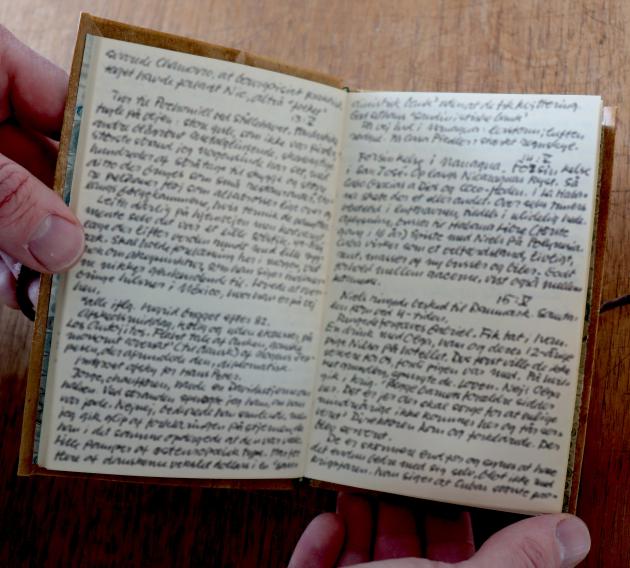
Photo: Det Kgl. Bibliotek
The incorporated material has until now been in family ownership, and it has been partly used as source material in his daughter Nina's biography of her father, Briste og bære (2021) (in English: Kill or cure). The material spans many genres and types of material: letters, manuscripts for printed and unprinted texts, style guides, photographs, some diaries and notebooks, as well as a number of scrapbooks that document the author's active working life from 1946 to 1989. The incorporation also consists of some documents in the "personalia" category: annual pass to Aarhus University (Malinowski studied Slavic philology at one point), his passport, and a firearms certificate. The incorporation is a significant supplement to Malinowski's main archive (38 boxes), which consists of material received in the period 1954-1991.
Once the material has been organised, it will be possible to order it for viewing at Royal Danish Library's Research Reading Room in the Black Diamond.
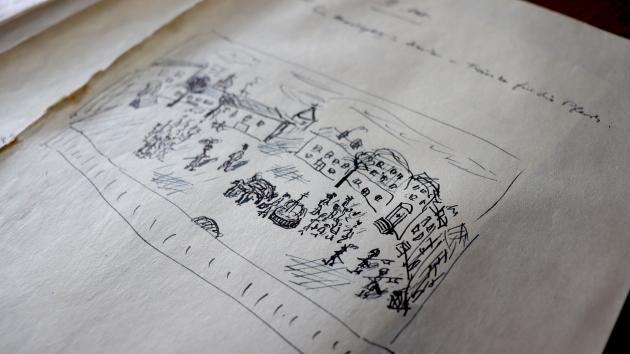
Photo: Det Kgl. Bibliotek
Operas by Paul von Klenau
In 2024, the Music Collection had the opportunity to purchase no less than two complete opera scores by the Danish composer Paul von Klenau (1883-1946), one purchase supported by the prosector, Dr. med. August Chr. Jurisch and his wife Mathilde Povline f. Nielsen's Legat. Both scores are over 1000 pages long and include several volumes as well as the libretto and material regarding the staging.
Paul von Klenau primarily had a career as a composer and conductor in Germany and Austria. In Denmark he was a bit of an outsider who, due to his German connections and his musical language and aesthetic thoughts, did not fit into contemporary Danish music. Klenau was a forgotten composer at the time of his death in 1946 and in the years that followed, but he has been played increasingly frequently since around 2000. At the same time, several books have also been published that provide a more nuanced picture of Klenau and his music. In 1971 and 2006, Royal Danish Library acquired large collections of the composer's sheet music manuscripts.
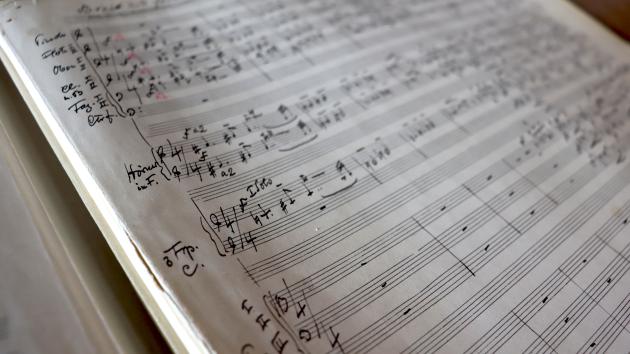
Photo: Det Kgl. Bibliotek
Between 1913 and 1940, Klenau wrote no fewer than seven operas. One of the newly acquired manuscripts is for one of his best-known works, the highly dramatic opera Michael Kohlhaas, which premiered in Stuttgart in 1933. The work combines newer compositional forms such as twelve-tone music with more folk songs, dances and chorales at a time when the former was particularly frowned upon by the German authorities. The opera was revived by Den Jyske Opera in 2019, which received great acclaim for its performance.
The second score is for Rembrandt von Rijn, which had a double premiere in January 1937 in Berlin and Stuttgart. It continued Klenau's compositional line and has a dramatic plot that has led connoisseurs to describe the operas as almost cinematically inspired.
Find operas by Paul von Klenau
Shelf mark: mu 2412.1702 Music Collection
Shelf mark: mu 2407.2000, box 3, Libretto, Act III. Music Collection
The Danish Theatre – nationwide performing arts for the people
The Danish Theatre, which was a nationwide touring theatre, and today part of Folketeatret, has transferred its image archive to Royal Danish Library. The theatre exclusively produced touring performances as a popular counterpart to the Royal Danish Theatre's touring activities. In many places, the Danish Theatre was the only theatre that a region was presented to (until the establishment of regional theatres). With the inclusion of the collection, it is now possible to gain a visual insight into how the theatre that was presented to audiences throughout the country looked. The collection covers the period 1963 to 2007.
Visually, the collection complements Royal Danish Library's extensive collection of theatre photographs, which contains photographic archives with images from the Copenhagen stages, such as the recently fully digitised collection of Holger Damgaard's theatre photographs from the period 1909-1940, or photographic archives such as Klaus Lindewald's (1935-1986) extensive collection of images that depict both the work prior to the performances and the final result on stage (including Det Ny Teater, Folketeatret and Gladsaxe Theatre). In addition, the Danish Theatre's archive also supports the photographic collections of H. J. Mydtskov (1887–1973), Jørgen Mydtskov (1931–2011) and Rigmor Mydtskov (1925–2010), by reaching even further around the country with images of Danish theatre in the periods in which they took their photographs.
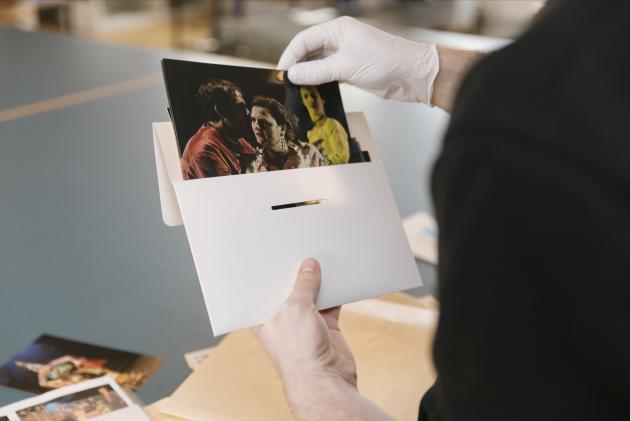
Photo: Det Kgl. Bibliotek
The Danish Theatre's archive also supplements archival materials from the Andelsteatret archive (1948-63), which became part of the Danish Theatre in 1963, and the umbrella organisation's Danish Theatre Associations archive (1967-2012). The latter tells something about who saw the performances, while the Danish Theatre's archive tells what a performance looked like. The collection is unique because the theatre has not been tied to a specific location, but has been for all of Denmark.
Once the archive is organised, it will be possible to order it for viewing at Royal Danish Library's Research Reading Room in the Black Diamond.
Bookbinding by Hans Meyer
Royal Danish Library has enriched its collection with 26 unique bookbindings from the renowned bookbinder Hans Meyer (b. 1937), whose career extends from 1952 into the 21st century. Hans Meyer began as an apprentice to Holger Andersen, whose company was located in the Danish Technical Library on Øster Vold. In 1969, Hans Meyer went into partnership with Holger Andersen, and after Holger Andersen's death in 1972, he took over the company. The workshop bound journals, textbooks and reports for the Danish Technical Library (today DTU Library). The bookbinding business also moved when the library, together with the Danish Technical University (now DTU), moved to Lundtoftesletten near Lyngby.
In 1956, Hans Meyer became a member of the NB Club, which had been founded in 1953 on the initiative of Gustav Strand. The club was called the Notabene Club, but the two letters can also be read as “New Bookbinders”. The aim was to promote hand-bound books in all their forms. Some of the newly acquired books are therefore adorned with the NB Club’s hallmark together with Hans Meyer’s name stamp, where his name is written in capital letters.
Among the newly acquired books we find a number of striking works, including Leo Swane's "Ved mit vinduesspejl" from 1955, which is adorned with leather capitals and a beautiful cover paper designed by Axel Encke. The composition is by Karen Strand, and the gilding is by Ole Olsen. The binding is the result of a competition between the NB club, the Sandgren club and Bogringen, for which an accompanying letter sets out guidelines under the heading: Rubow binding with Axel Encke paper for the cover
. The book was exhibited in the exhibition "The Hand-Bound Book", which was held in 1984 at Gammel Holtegaard.
Among the books are also the two that brought Hans Meyer the silver medal of the Danish Technical Society's Schools in 1965: Palle Lauring: "Bøgernes Liv" (1951) in a paperback with leather capital and black top cut, and Kai Flor: "Kvinden i dansk kunst" (1942) in a full-length leather binding in a case with handmade end-paper. A particular highlight is Meyer's binding of Shakespeare's "Troilus & Cressida" (Brøndums Forlag, 1968) in a full-length leather binding, which won the prestigious Prix Paul Bonet in Ascona in 1971, and which Meyer referred to as one of his favourite books at his 40th anniversary in 1992. In addition to these beautiful bookbindings, the collection also contains a unique collection volume that brings together Danish and international small editions and special editions of bookbindings from the years 1964-71.
Find book bindings by Hans Meyer:
Troilus & Cressida, Brøndums publishing house
Shelf mark: 0X-2-A26 Book history collections
Shelf mark: 0X-4-A37 Book history collections
